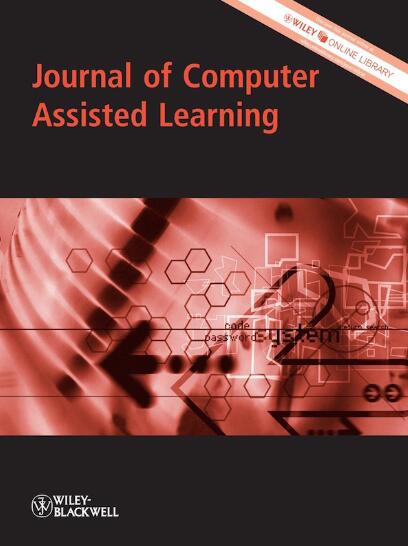Instructional Video and GenAI-Supported Chatbot in Digital Game-Based Learning: Influences on Science Learning, Cognitive Load and Game Behaviours
Abstract
Background
Digital game-based learning (DGBL) has shown promise in enhancing learning and motivation, with appropriate scaffolding playing a crucial role in facilitating student inquiries and knowledge acquisition through science games. While scaffolding is generally effective in promoting learning in DGBL, there is variability among different scaffold types, and the impact of scaffolding on cognitive load remains unclear.
Objectives
This study investigates the effects of two scaffolding tools to support secondary students' science learning in a DGBL environment: instructional videos that provide systematic and structured assistance to elucidate underlying science concepts within the game, and a chatbot providing adaptive, contextualised advice and feedback, supported by Generative Artificial Intelligence (GenAI).
Methods
A total of 160 seventh-grade students participated in the study. Using a 2 × 2 experimental design and a sequential analysis of game trace data, we explore the individual and combined effects of instructional videos and the GenAI-supported chatbot on science learning, game performance, cognitive load and game behaviours.
Results
Results indicate that instructional videos had a significant positive effect on science learning outcomes, with the two groups that had access to instructional videos significantly outperforming the other two groups without the videos, F (1, 153) = 55.64, p < 0.001, partial η2 = 0.27. Additionally, a significant interaction effect was observed on extraneous cognitive load, with the lowest extraneous load reported by participants who had access to both instructional videos and the chatbot, F (1, 153) = 6.75, p = 0.01, partial η2 = 0.04. Sequential analysis of game trace data revealed distinct behaviour patterns among the four treatment groups, with the group that had access to GenAI only displaying the most fragmented game inquiry behaviours.
Conclusions
This study contributes to the limited research on the use of instructional videos and GenAI chatbots to scaffold science learning in DGBL environments. The findings highlight instructional videos as a strong scaffold in DGBL. Furthermore, the combination of instructional videos and the GenAI chatbot can result in less extraneous load than the GenAI chatbot alone, while fostering more cohesive inquiry behaviours. Additionally, we underscore the significance of learners' self-regulated learning skills in fully leveraging GenAI in constructivist learning environments like DGBL.

 求助内容:
求助内容: 应助结果提醒方式:
应助结果提醒方式:


